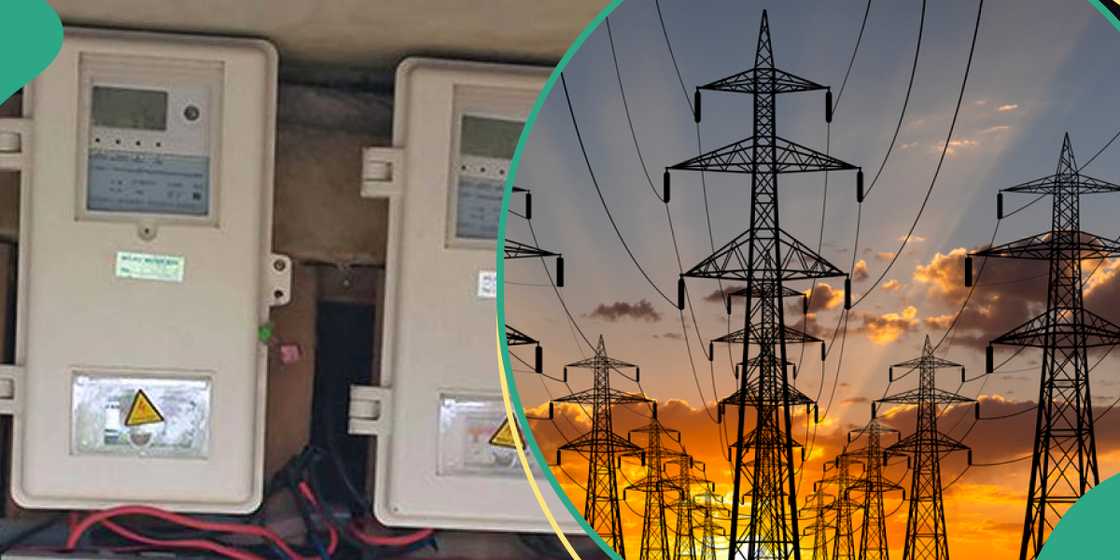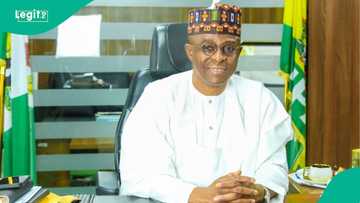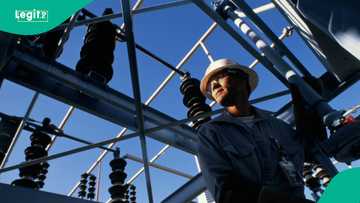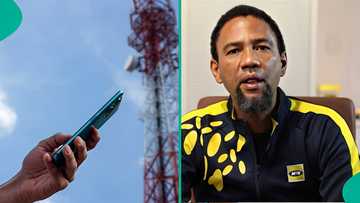Boost For Electricity in Nigeria as FG Kickstarts Phase 2 of 12,000MW Siemens Power Project
- The Nigerian government has commenced phase two of the Siemens power project under the Presidential Power Initiative (PPI)
- Phase two is set to deliver up to 12,000MW of electricity into the national grid, stabilising nationwide networks
- The move comes as the Nigerian government and Siemens concluded arrangements for the PPI
Legit.ng’s Pascal Oparada has reported on tech, energy, stocks, investment and the economy for over a decade.
The federal government has commenced phase two of the Siemens Presidential Power Initiative (PPI) designed to expand Nigeria’s transmission network and ultimately inject 12,000 megawatts of electricity into the national grid.
The move follows the conclusion of financing arrangements with Siemens Energy and comes when Nigerian households and businesses are reeling from tariff hikes that have made electricity bills more expensive than ever.

Source: Getty Images
Linking Siemens to tariff hikes
Media adviser to the Minister of Power, Bolaji Tunji, confirmed the development, stating that phase two would deliver seven upgraded power lines and ten new transmission lines spanning 544 kilometres, with a capacity to carry 7,140MW.
Stakeholders said the timing of the project remains critical. In recent months, Nigerians have faced higher electricity tariffs under the Multi-Year Tariff Order (MYTO), with the Band A category paying the steepest increases.
The Federal Government has argued that improved grid stability and expanded transmission capacity will justify these tariffs by reducing system collapses and cutting energy losses.
Analysts, however, caution that if Siemens upgrades are not completed on schedule, consumers may continue to bear rising costs without seeing commensurate improvements in power supply.
From pilot stage to full rollout
According to Tunji, groundwork for phase two was laid during the pilot stage, when the government took delivery of 10 power transformers and 10 mobile substations from Siemens Energy.
These assets have already improved transmission by over 1,300MW, with installation now at 80% completion.
The equipment has been strategically deployed across weak spots in the grid, including Okene, Apo, Ajah, Potiskum, Ihovbor, Nike Lake, and Sokoto.
This deployment has reduced the frequency of system collapses and built confidence that the second phase could deliver broader benefits.
Long road to 12,000MW
The Siemens PPI dates back to 2018 under former President Muhammadu Buhari, but gained new momentum in December 2023, when President Bola Tinubu and German Chancellor Olaf Scholz re-signed the bilateral agreement on the sidelines of COP28 in Dubai.
Under the terms, Nigeria will provide counterpart funding while Siemens secures international financing.
The project will be executed in phases, with Phase One already approved at ₦262.75bn (€161.33m) for substation upgrades in Onitsha, Offa, Abeokuta, Ayede, and Sokoto.
Phase Two is considered the most ambitious yet, as it focuses not just on equipment delivery but on re-engineering the national grid to carry higher loads sustainably.
Siemens initiative: Transparency and cost savings
The Bureau of Public Procurement (BPP) recently announced a $115,000 cost saving after renegotiating parts of the Siemens contracts, citing due diligence and price intelligence.
The agency insists that the savings, though modest, show the government’s commitment to accountability in a sector long marred by inflated contracts and abandoned projects.
Siemens initiative: Nigerians await results
While officials frame phase two as a landmark step, consumer groups remain sceptical.
With inflation surging, forex volatility pushing up project costs, and electricity tariffs climbing, many Nigerians are asking if the Siemens project will truly translate into cheaper, more reliable power.

Source: Getty Images
Billy Gillis-Harry, National President of the Petroleum Products Retail Outlets Owners Association of Nigeria (PETROAN), recently argued that Nigerians need results, not promises.
“Tariffs are rising, households are paying more, and businesses are struggling. What people want to see is uninterrupted supply, not just kilometres of cables,” he said.
Siemens initiative: What next?
The federal government insists that completion of phase two would mark a turning point.
“These projects are not just about megawatts or kilometres of lines—they are about reliability,” Tunji stressed.

Read also
NCC announces when MTN, Airtel, others will improve services in Nigeria amid $1bn investment
“This phase will increase electricity accessibility for millions of Nigerians.”
If delivered on schedule, the Siemens initiative could ease the burden of recent tariff hikes by stabilising supply and reducing reliance on costly self-generation.
But with deadlines already missed in the past, Nigerians will be watching closely to see if this promise of 12,000MW finally brings the light.
Ikeja Electric releases new prepaid metre prices
Legit.ng earlier reported that Ikeja Electric reduced prices for prepaid meters, with updates to both single-phase and three-phase meters.
These changes were published on the company’s official X account on Friday, August 8, 2025.
According to the updated list, the price of a single-phase meter has dropped by N1,259, from N140,240.91 in January 2025 to N138,982.34 in August 2025, a reduction of 0.9%.
Proofreading by James Ojo, copy editor at Legit.ng.
Source: Legit.ng





